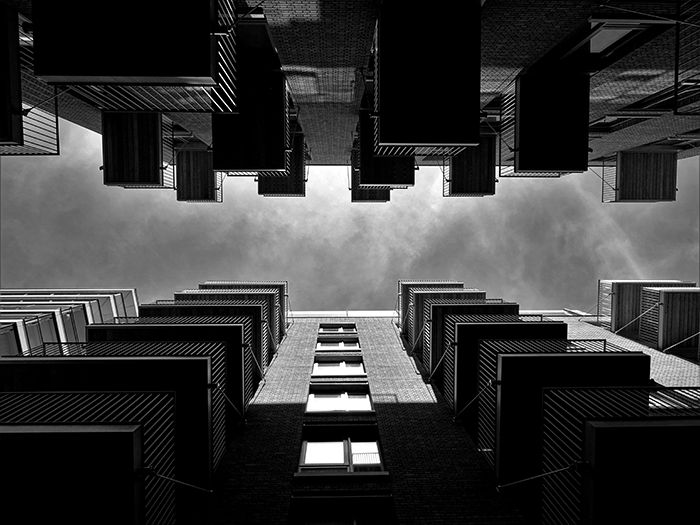2025-01-07
residential

In the fourth quarter of 2024, developers in Poland’s six largest markets sold 9,600 apartments, marking a 4.9% increase compared to the previous quarter, according to data released by JLL. However, annual sales fell sharply, with fewer than 40,000 units sold—a 31% year-on-year decrease. Despite subdued sales, developers continued to bring new projects to market, leading to a record surplus of 17,000 unsold units compared to annual sales. In 2024, developers introduced over 56,500 new apartments to the market, resulting in an inventory of 54,400 units by year-end, a 50% increase year-on-year. Warsaw, Wrocław, Kraków, and Poznań were the markets where the gap between new supply and sales was most pronounced. Quarterly sales growth was observed across most markets, with Poznań experiencing the most significant increase at 18% compared to Q3. However, Warsaw saw disappointing annual sales, with approximately 12,800 units sold—33% less than in 2023. Other major markets, including Kraków, Wrocław, and the Tri-City, each recorded sales of around 1,500 units in Q4, with annual sales hovering between 6,000 and 6,200 units. Kraków saw the steepest year-on-year decline at 42%, a drop that also pushed its annual sales below 2022 levels. Developers focused heavily on high-end projects targeting wealthier buyers, resulting in a limited supply of affordable housing. Average apartment prices in major markets saw modest quarterly changes, with increases ranging from 1% in Kraków to 3.7% in Warsaw. Over the 12-month period, Łódź recorded the highest price growth at 16.4%, followed by Warsaw, Kraków, and the Tri-City, which each posted increases of 8-10%. Wrocław and Poznań saw smaller annual gains of 4.5-5%. The average price for newly introduced luxury projects in Warsaw reached a record PLN 19,700 per square meter in Q4. The limited availability of affordable housing discouraged credit-dependent buyers, many of whom are waiting for state subsidies or more favorable loan conditions. Amid a challenging sales environment, developers ramped up marketing efforts to attract buyers, offering discounts, flexible terms, and other incentives. However, data indicates that high-net-worth individuals remained the most active buyers, with average prices of sold units increasing in markets like the Tri-City, Wrocław, and Poznań by up to 5.2%. In contrast, Warsaw recorded a 2.9% quarterly decline in the average price of sold units, despite achieving its second-highest price level historically. The residential market has faced turbulence since 2020, fueled by the pandemic, geopolitical tensions, and macroeconomic fluctuations. In 2023 and 2024, political uncertainty further complicated the landscape, with housing policies becoming a focal point of election campaigns. Analysts expect the government’s unclear long-term housing strategy to hinder market stability in early 2025. Kazimierz Kirejczyk, Senior Strategy Advisor at JLL, highlighted two potential catalysts for market recovery: a forecasted reduction in interest rates, which could bring mortgage costs closer to 5-6%, and a buyer support program vaguely outlined by the Ministry of Development. However, he cautioned that the effects of these measures are unlikely to materialize quickly, with interest rate adjustments expected to unfold over the next two years. The market faces a mix of challenges and opportunities as it enters 2025. While demand remains subdued, particularly outside major cities where the sales cycle stretches to nearly two years, developers and buyers alike are pinning hopes on economic and policy changes to restore balance and drive renewed growth in Poland’s residential real estate sector. Source: JLL and ISBnews

